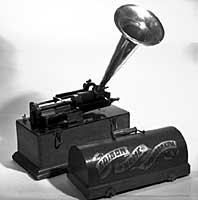
Capturing Images
Persistence of vision: the phenomenon whereby the eye remembers what it has just seen after the object has disappeared. In film and video, this phenomenon is widely believed to account for our ability to perceive a sequence of frames as a continuous moving picture.
In 1500, Leonardo da Vinci give us a full description of the camera obscura an optical device that projects an image of its surroundings on a screen.
Leonardo da Vinci was well ahead of his time Leonardo's writings and notes long remaining manuscripts surely after his death those passengers from his papers dealing with painting were combined into the taratata della Petera this is where we find da Vinci's desire for painting to be a living thing. In 1515, da Vinci presented a drawing of a type of image projector that magic lantern which was later developed in the 17th century.
In 1832, Joseph Plateau introduced the phenakistoscope pictures on one disc view through slots and the other appeared to move when the two were spun in Butte. In America, the sealed rope was introduced by William George Horner.
Azeotrope used the same principle as Plato's phenakistoscope but instead of disks the pictures and slots are combined in a rotating drum.
In 1877, Emil Renaud introduces the latest findings on optical reproduction of movement: the praxinoscope. Similar to the seal throw, the illusion of movement produced by the praxinoscope was built on mirrors in the center of the drum rather than through the slot on the outside.
In 1872, Leland Stanford, the governor of California, insisted that a horse in full stride takes all four feet off the ground Stanford hired Eadweard Muybridge a San Francisco photographer to prove his point and settle $25,000 bet after many unsuccessful experiments.
Muybridge mounted a line of cameras alongside the racetrack and tripped the shutters for electromagnets as a horse and rider galloped down the racetrack and over short hurdle the pictures proved that a horse does, indeed, take all four hooves off the ground while galloping. Weybridge developed the projector to present his findings he adapted horn azeotrope to produce a zoo praxinoscope.








